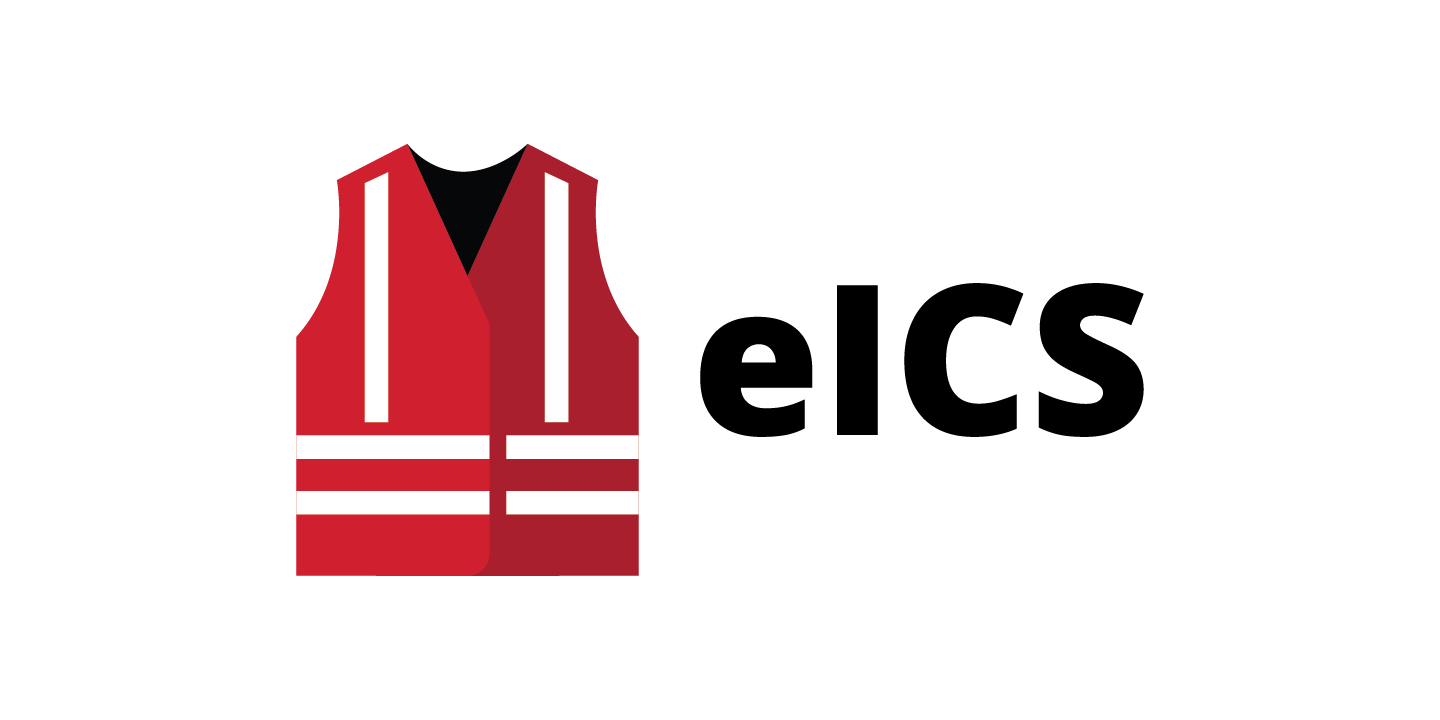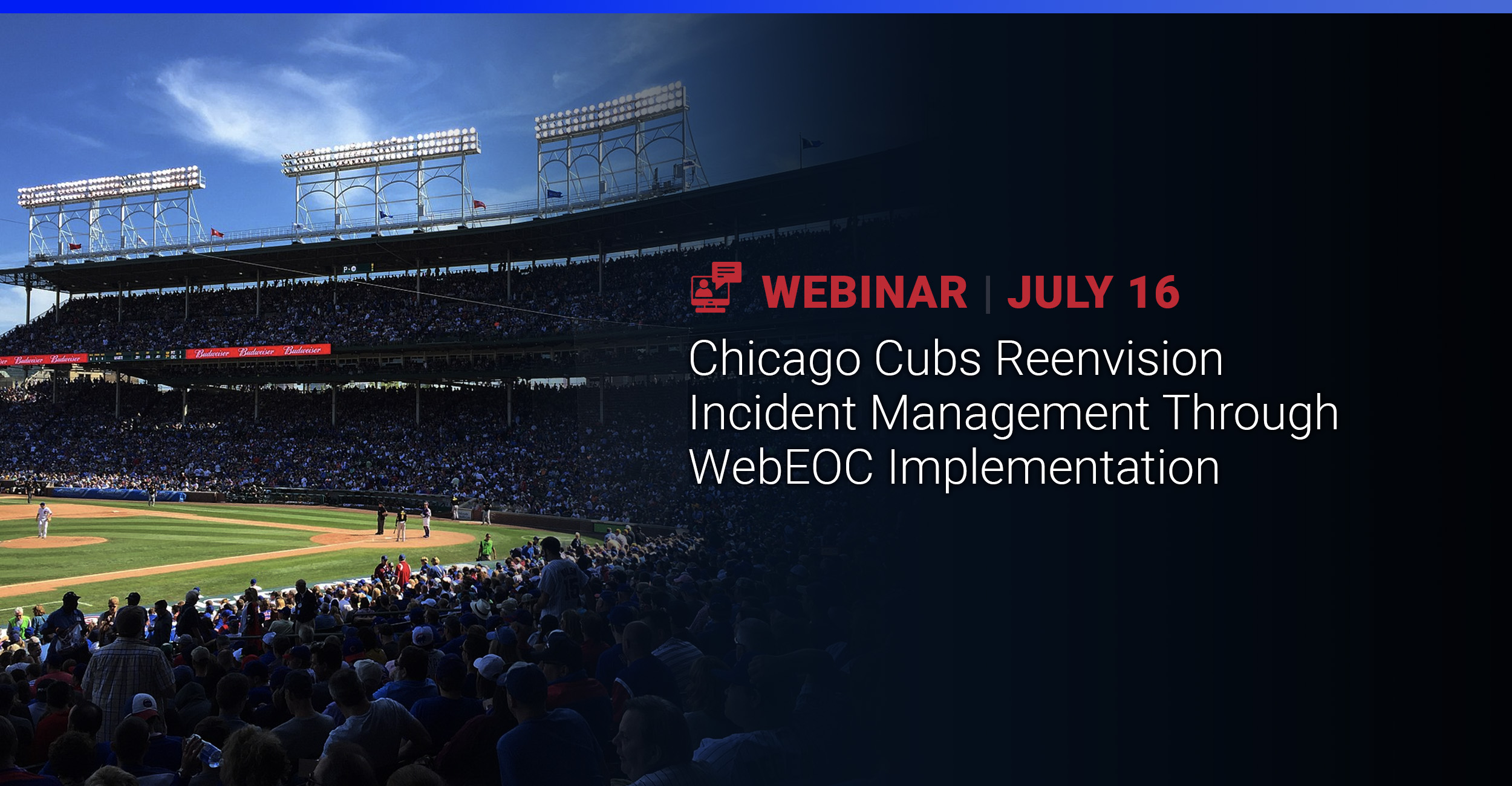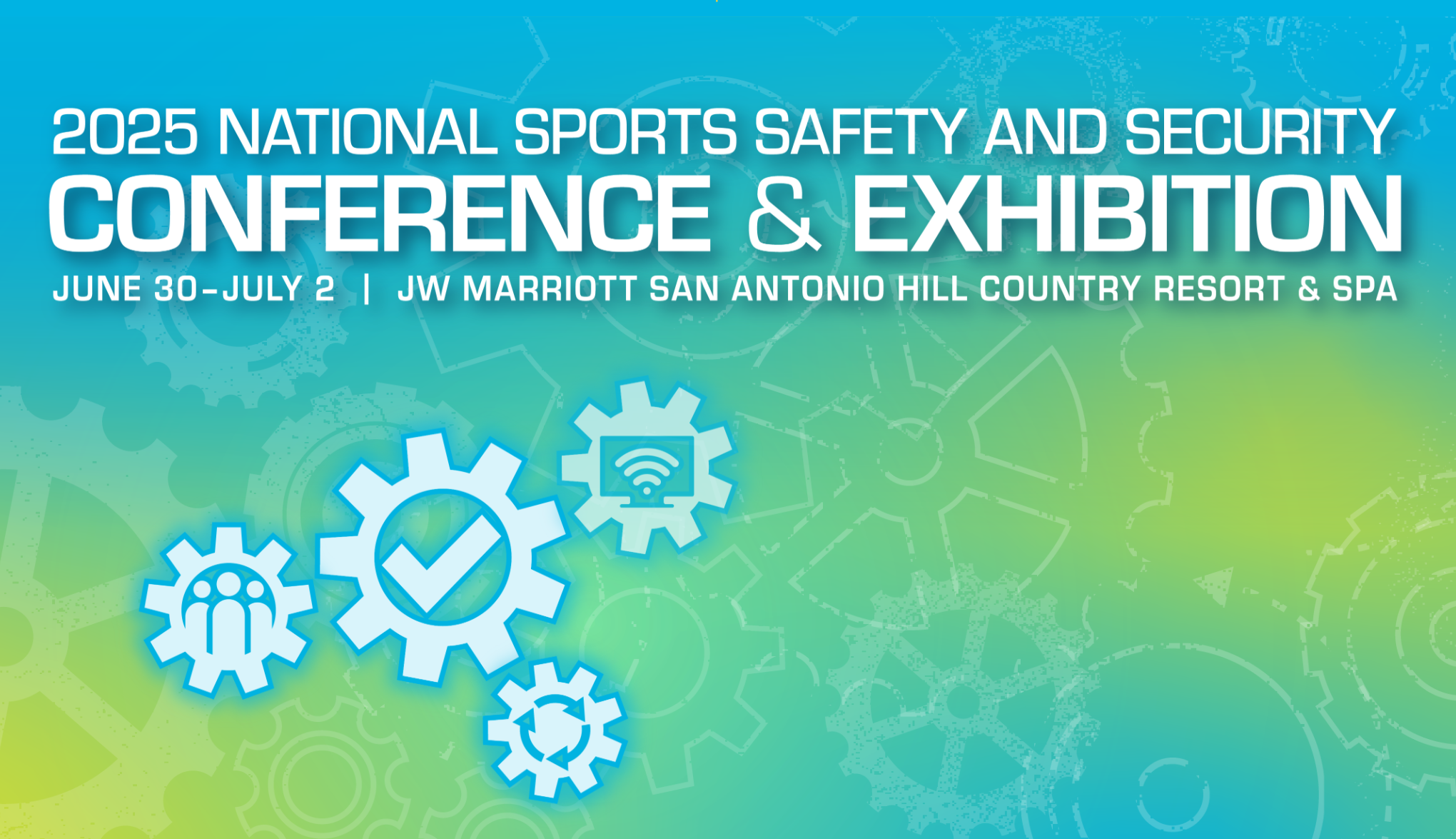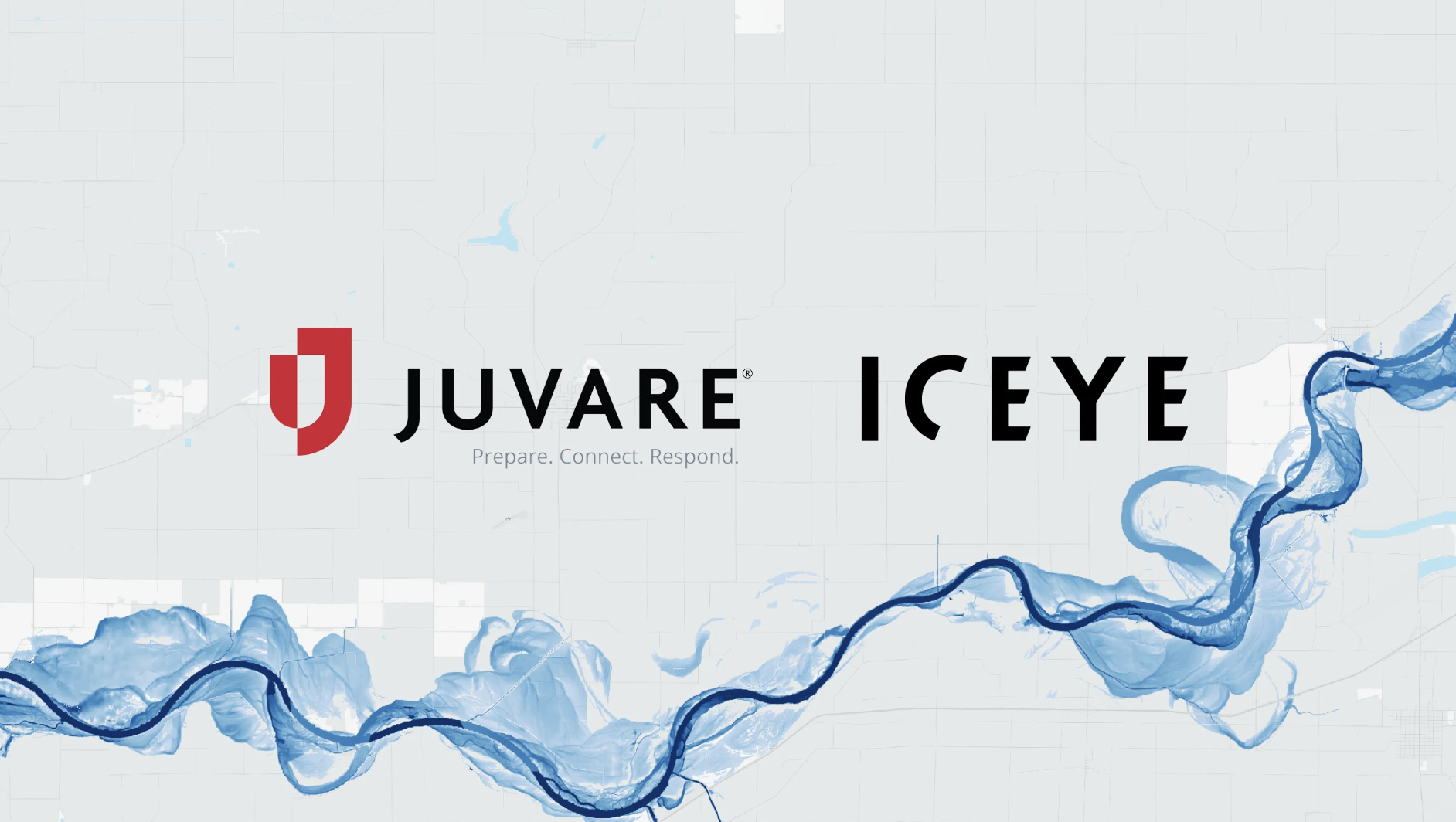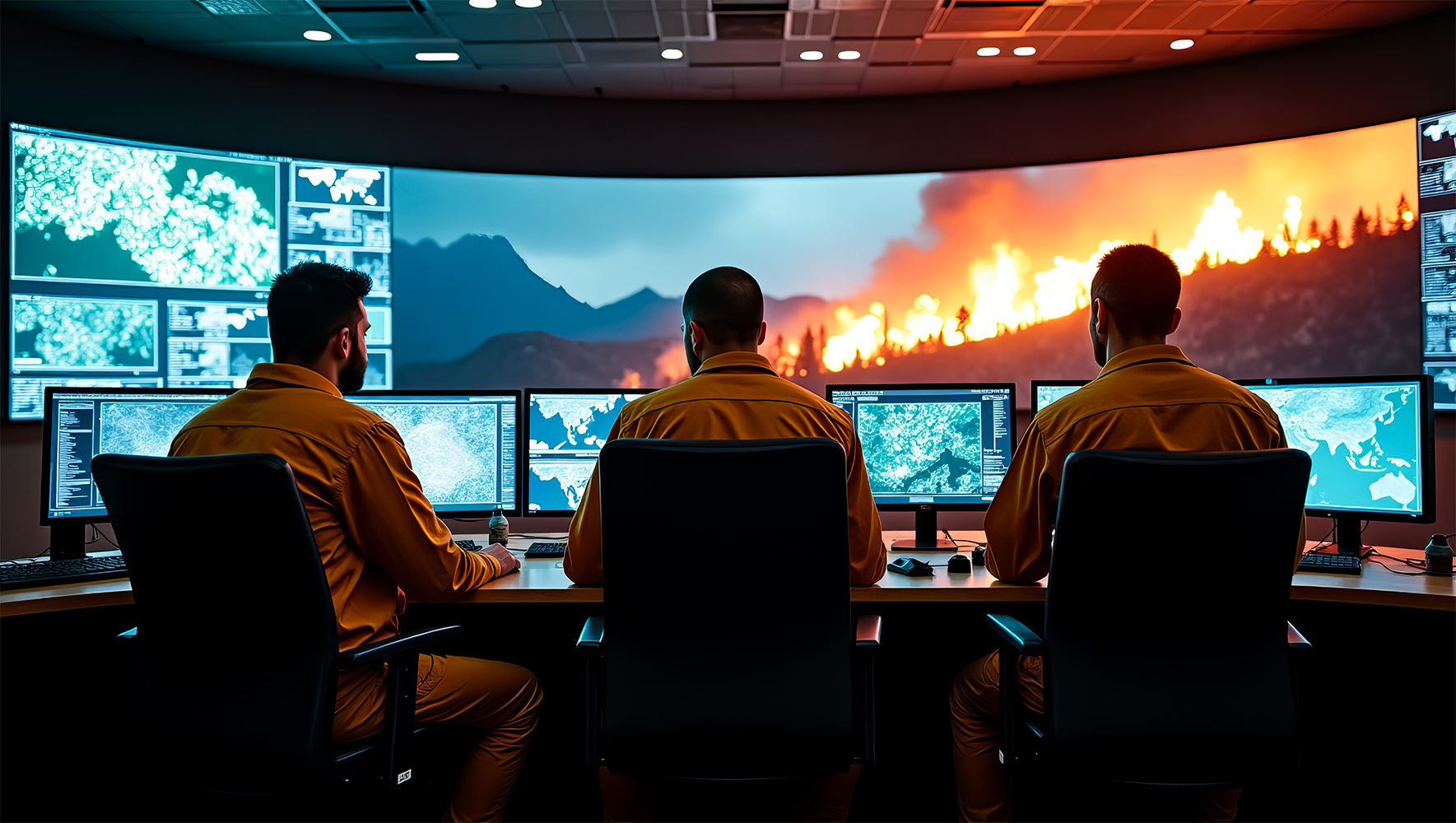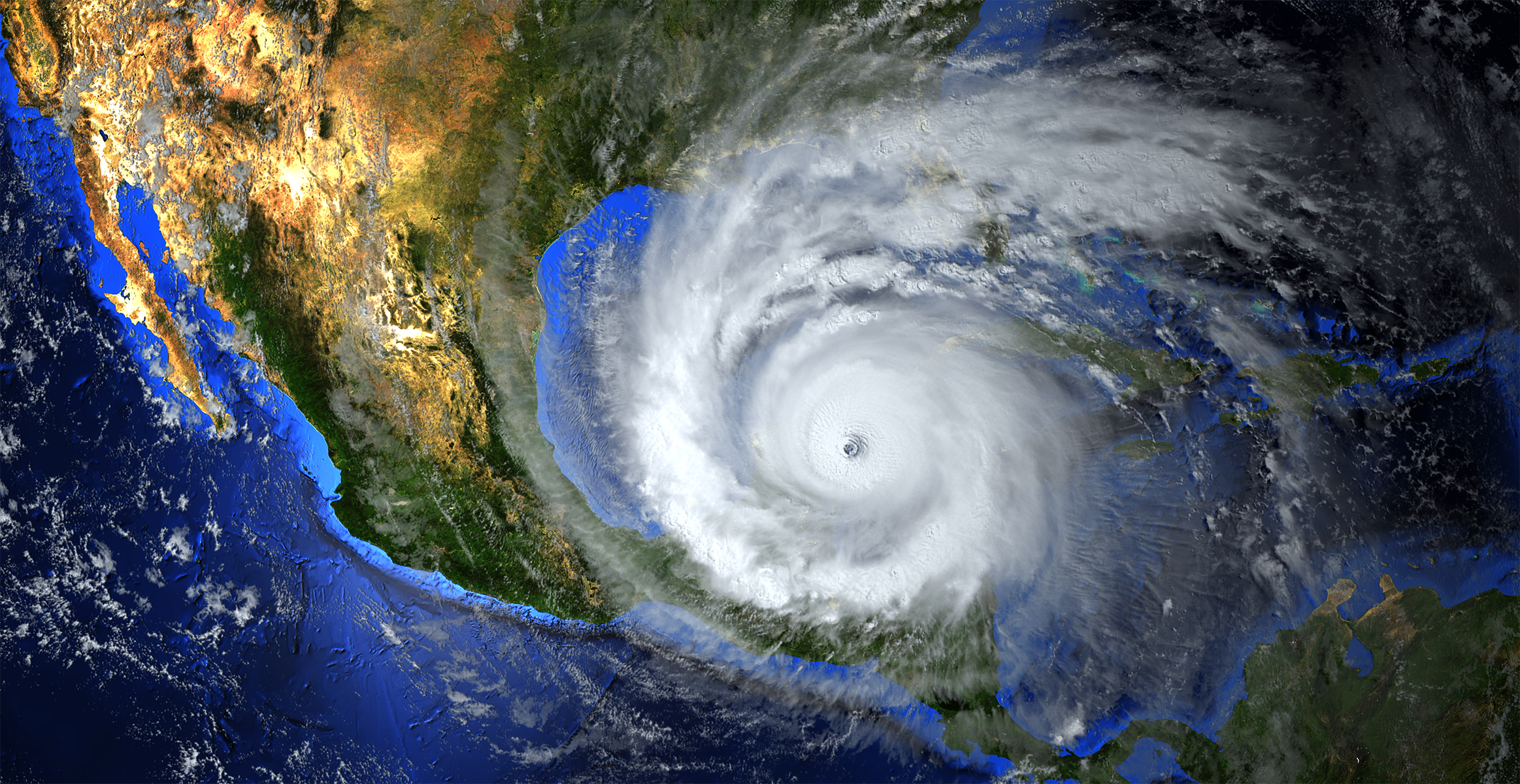Is social media the best way to communicate with the public during COVID-19 pandemic?
During the COVID-19 pandemic, we have learned how important good communication is to an effective response. There are more ways than ever to communicate in these days of social media, video conferencing technology, etc., but unfortunately that means there are more ways than ever for misinformation to spread.
With so many other tasks commanding the attention of emergency managers, it’s important not to let public communications go by the wayside. In essence, emergency managers have to make sure they are quickly, constantly, and consistently communicating with the public, not only to share helpful and accurate information but also to combat misinformation that can impede an effective emergency response or threaten health and safety.
Social media might seem like a trivial concern among so many other pressing issues; but it’s important to remember a void in communications will be filled by someone, usually with messaging that’s either not completely accurate or just plain wrong.
Like it or not, social media is how a significant number of people are getting their information and also sharing information. If they get bad or inaccurate information, it can be shared and spread like a virus itself.
Why social media is an effective part of an emergency management strategy
There is a misperception among some that social media only reaches a younger demographic. The truth is different social media channels reach entirely different ages that span generations. These channels also span geographical, socioeconomic, and many other demographics.
According to a Pew Research Center study, users of social media include:
-
- 56 percent of Americans 12 years old and older
- 35% of people 65 years old and older
- 68% of women and 62% of men
- 56% of citizens low income households
- 58% of rural residents, 68% of suburban residents, and 64% of urban residents
Social media is increasingly replacing traditional media as a news source. Additionally, a huge number of social media users access these channels on mobile devices vastly increasing the likelihood of reaching an audience wherever they are.
Given these statistics, Here are best practices for using social media to disseminate information about critical incidents.
-
- Use social media platforms that reach the most citizens and are best suited for distributing news, in particular Facebook and Twitter.
- Keep messages short, informative and as specific as possible
- Act quickly to correct any misinformation that you find being circulated elsewhere
- Make sure posts can be shared easily by the reader
- Use links to direct the reader to more detailed content if available
- If applicable, share information about specific actions people can take to help, or to make emergency response easier or more effective
- Send updates frequently to keep readers engaged with the most accurate and current information, news, or instructions
- Share updates once a critical event has ended, in order to keep readers informed on recovery activities and mitigation efforts
Social media can also help people make good decisions and spread that information instantaneously, which can ultimately help save lives. Here are some examples of information that can be provided through social media outlets when a disaster occurs:
-
- Power outage updates and estimated restoration times
- Emergency shelter locations
- Disaster assistance definitions and updates
- Transit information and roadway statuses
- Significant weather alerts and warnings
- Boil water advisories
- Dry ice distribution locations and times
- Health Department safety recommendations
- Federal Emergency Management Agency (FEMA) assistance availability and contact information
Critical incident management platforms enhance communications and social media monitoring
During and after the COVID-19 pandemic, it is important to continue to disseminate information to traditional media sources; but it is also important to gather critical information from all sources.
Emergency management platforms like WebEOC and Juvare Exchange enable you to monitor social media activity – for example, Twitter feeds – for information related to certain topics. That information can be sorted and tracked in these platforms, giving you greater situational awareness. You can also stay aware of any misinformation being disseminated and respond with the correct information.
An emergency management platform enhances communication by giving you a clear picture of not only critical incidents, but also communications about those incidents, including on social media channels. With this information, you’re better prepared to respond effectively – whether it’s a physical response or a communications response.
Contact us today if you have questions about how Juvare solutions enhance communication and situational awareness.






